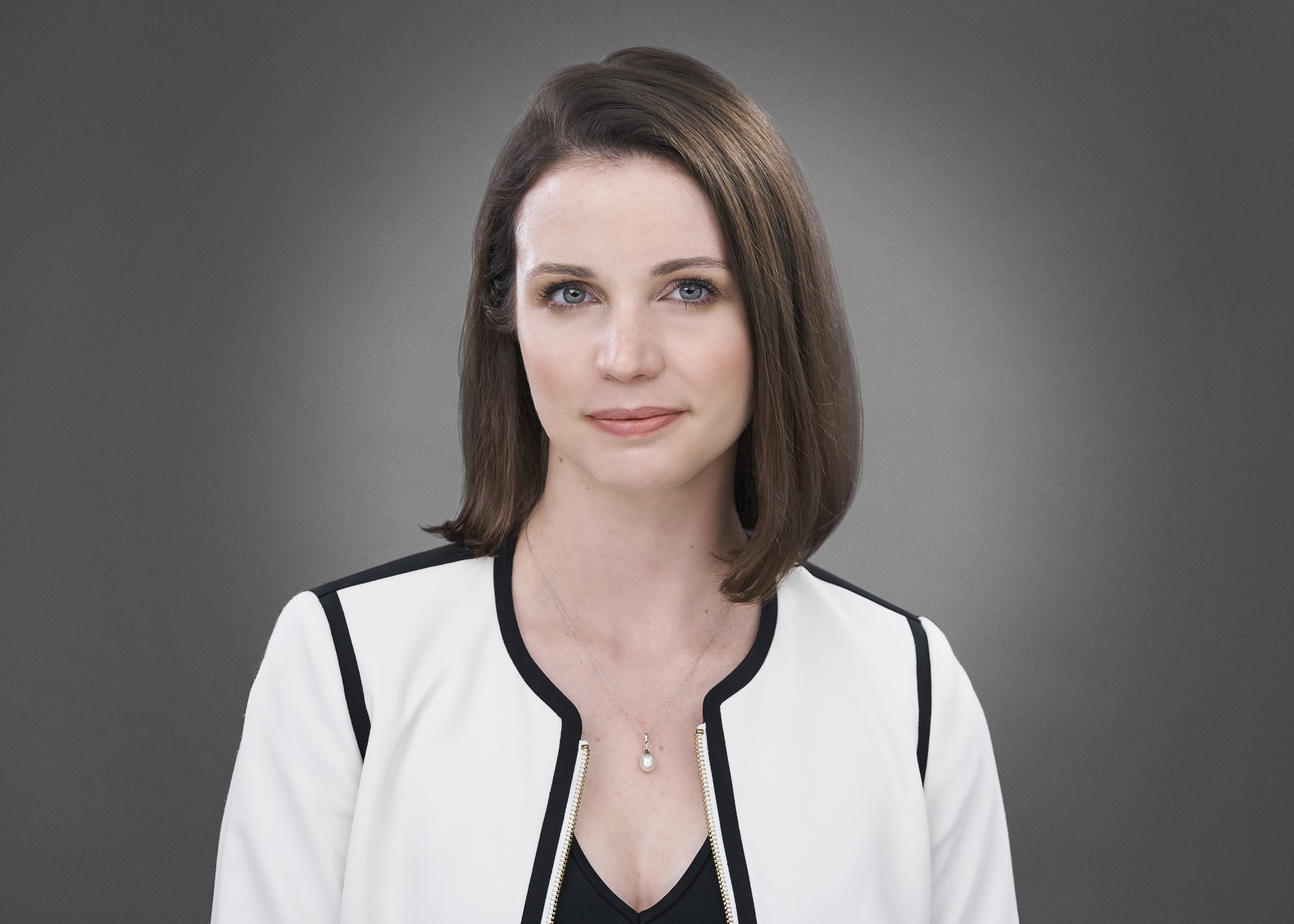3 Things You Need to Know If You’re Streaming Fitness Content During COVID-19
With the world practicing social distancing and fitness studios and gyms across the country shuttering for the time being, wellness enthusiasts of all varieties—from personal trainers and yoga instructors to boxers, dancers and runners—are taking to the internet to make sure that we stay active, even if we can’t leave the house. If you own a fitness business, or if you just want to pass the time by sharing your favorite in-home workout with your followers, here are three things you need to know:
1. Music Licenses
One of the biggest reasons why we flock to gyms and studios is the experience, and hearing the latest hits keeps us energized. There is nothing wrong with the music that is freely available because of its public domain status (i.e., no longer protected by copyright), but it might not have the right BPM to keep us engaged during a spin class sprint (ahem, Chopin, we’re looking at you). Businesses know—or should know—that you cannot simply hook up your personal Spotify account to the speakers and be compliant with the law. The same thing goes if you are playing music in the background while you flow with your Instagram followers. Just last month, Peloton settled a $300 million lawsuit with several members of the National Music Publishers’ Association (NMPA) over songs that the publishers said Peloton used without securing the appropriate synchronization or “sync” licenses, which cover the songs’ compositions. Sync licenses, while traditionally found in the television and film industries, are needed wherever music is “synched” in timed relation to visual content. There is no need for a sync license if you merely operate a brick-and-mortar facility, but additional clearances are needed if you are pairing music with a video workout. To complicate matters further, sync licenses are just one part of the music equation.
Music, like other kinds of artistic expression, is governed by copyright laws. However, the copyright in music is actually broken down into two separate copyrights—one for the music’s composition, as described above, and one for the actual sound recording. While the composition may be the same for Beyoncé’s version of “Single Ladies” and the Kidz Bop version, these are two very different sound recordings. Regardless of which version you prefer, you’ll need to make sure you’ve cleared the rights to use the “master recording” in your video content in addition to the right to sync the composition.
Additionally, playing music for others in the general public to enjoy is considered a “public performance,” which adds one more layer to the rights clearance process. Some platforms like YouTube or Instagram have blanket licenses with “performing rights organizations,” or PROs, that may cover your use, but it is important that you confirm the terms of these agreements before proceeding. While there is certainly a push to get content out, take the time to do your due diligence first, because the potential fines and long-term consequences are simply not worth it.
2. Appearance Releases
Appearance releases are a big part of my practice as production counsel for various television and film projects. It may seem silly to insist on a signed agreement before you allow your star trainer to get in front of the camera—she’s willingly conducting a class in front of a camera after all—but trust me when I say that you want the peace of mind that comes with the piece of paper. People may be willing to pitch in to help now, but what happens when all of this blows over? What kind of agreement do you currently have in place with your trainers? Are they independent contractors or employees? Are recorded classes contemplated in the agreement? Do you have clarity on who owns the rights to the footage and what they can do with it? Do you owe your trainer any additional compensation for their services? It is always better to have these conversations up front and memorialize the terms immediately, rather than try to retroactively determine what you and your trainer were each thinking days, weeks or months later.
3. Waivers
Lastly, as much as it pains me to say this as someone who has a collection of free live-stream classes at the ready, studios need to be thinking about liability. Every studio, every fitness subscription service, and every gym should have a liability waiver in place with its guests before they are granted access. Streamed content in the era of COVID-19 should be no different. If you are only providing content through a verified service (like MindBody) to those that have purchased memberships or classes, the waiver you already have in place with that member may continue to cover you. On the other hand, if literally anyone in the world can join you as you lead a grueling series of mountain climbers, burpees, and army planks…you might be left exposed.
Being innovative and business savvy are important in this time of uncertainty, but don’t lose sight of the risks that may come with any new business decision. Be smart and be safe, but please continue to keep us in shape.
 This article is intended as a general discussion of these issues only and is not to be considered legal advice or relied upon. For more information, please contact RPJ Attorney Michelle Lamardo who counsels clients on entertainment production and intellectual property matters. Ms. Lamardo is admitted to practice law in New York. Attorney Advertising.
This article is intended as a general discussion of these issues only and is not to be considered legal advice or relied upon. For more information, please contact RPJ Attorney Michelle Lamardo who counsels clients on entertainment production and intellectual property matters. Ms. Lamardo is admitted to practice law in New York. Attorney Advertising.
